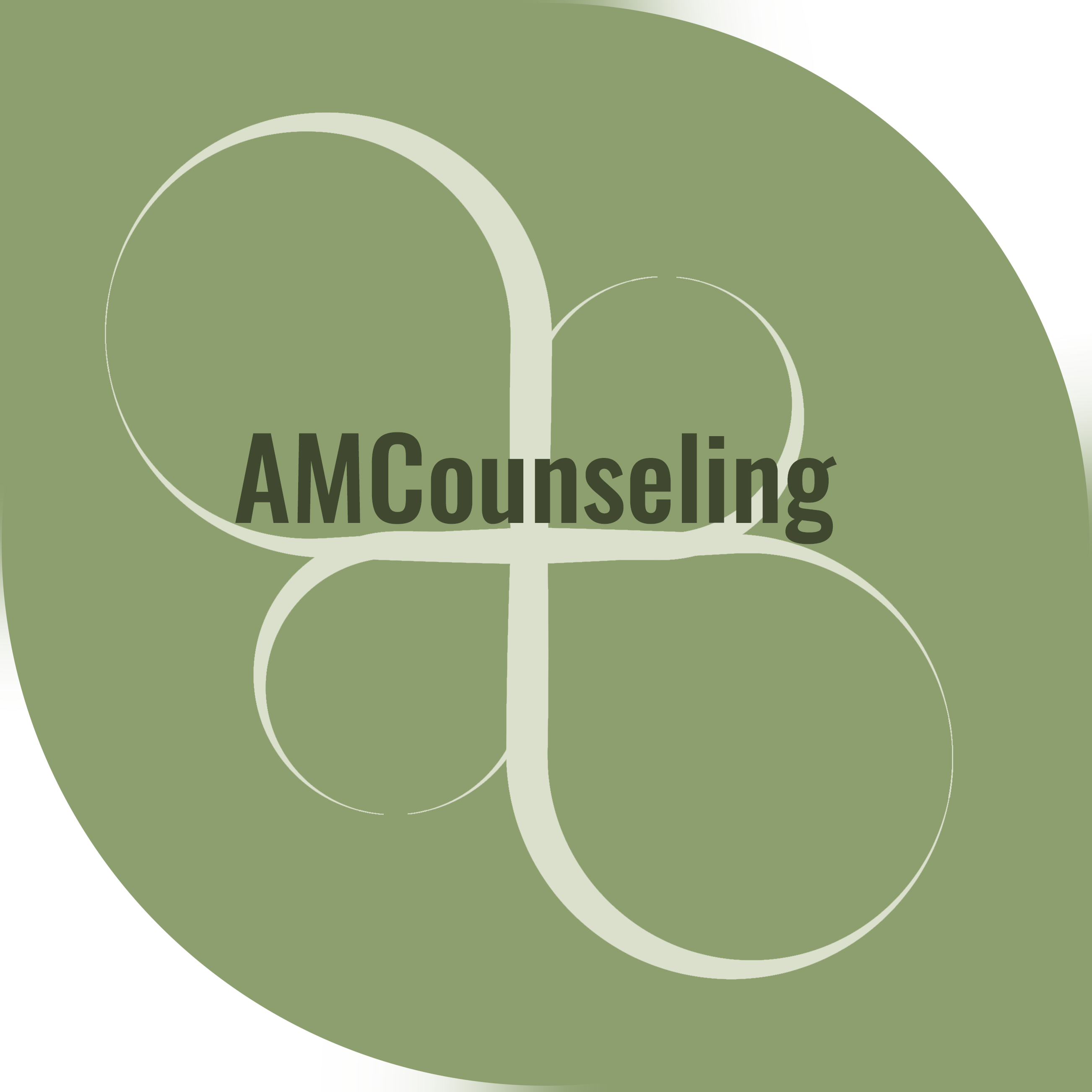What Are Attachment Styles?
Attachment styles are psychological patterns that dictate how individuals connect and relate to others, especially in close relationships. These styles are formed early in life and are based on the bond between a child and their primary caregiver. According to attachment theory, first developed by John Bowlby and later expanded by Mary Ainsworth, there are four primary attachment styles:
- Secure Attachment – Characterized by trust and a healthy balance of independence and closeness in relationships.
- Anxious Attachment – Marked by fear of abandonment and a strong need for reassurance. To learn more: https://wassenaartimes.nl/wellness/f/anxious-attachment-insights-into-your-connection-style
- Avoidant Attachment – Defined by emotional distance and a reluctance to depend on others. To learn more: https://wassenaartimes.nl/wellness/f/avoidant-attachment-insights-into-your-connection-style
- Disorganized Attachment – A combination of both anxious and avoidant traits, often stemming from inconsistent or traumatic early caregiving.
How Are Attachment Styles Formed?
Attachment styles develop in early childhood based on the responsiveness, availability, and emotional consistency of caregivers. Secure attachment emerges when a caregiver is consistently present, responsive, and attuned to a child’s needs. Conversely, insecure attachment styles (anxious, avoidant, and disorganized) arise from inconsistent or inadequate caregiving experiences.
Factors that influence attachment style formation include:
- Parental responsiveness – Consistent and loving caregiving fosters security, while neglect or unpredictability can lead to insecurity.
- Early trauma or neglect – Exposure to abuse, neglect, or inconsistent caregiving can contribute to the development of disorganized attachment.
- Environmental stressors – Household instability, frequent separations, or high-conflict family dynamics can shape attachment behaviors.
Understanding Disorganized Attachment
Disorganized attachment is a complex attachment style that develops when a caregiver is both a source of comfort and a source of fear. This creates a paradox where the child desires closeness but also experiences fear and confusion in relationships. It often results from childhood trauma, neglect, or abuse.
How Disorganized Attachment Develops
Disorganized attachment forms when a child’s primary caregiver is unpredictable, frightening, or neglectful. Some common contributing factors include:
- Experiencing abuse or neglect – Children who suffer from physical, emotional, or verbal abuse often develop disorganized attachment.
- Parental mental illness or substance abuse – When caregivers struggle with untreated mental health issues or addiction, their ability to provide a stable environment is compromised.
- Inconsistent caregiving – A caregiver who is sometimes loving but other times distant or punitive creates confusion and anxiety in a child.
Disorganized Attachment in Romantic Relationships
Individuals with disorganized attachment often struggle with relationships due to their conflicting desires for intimacy and independence. Their attachment behaviors are unpredictable, leading to instability in romantic connections.
Common Challenges and Roadblocks
- Fear of Abandonment and Intimacy – They may crave closeness but simultaneously fear being hurt, leading to push-pull dynamics in relationships.
- Difficulty Trusting Partners – Due to inconsistent early experiences, trusting others can feel unsafe, resulting in suspicion and hypervigilance.
- Emotional Dysregulation – Mood swings, difficulty managing emotions, and intense reactions can create conflict in relationships.
- Self-Sabotaging Behaviors – A tendency to push partners away out of fear, leading to relationship instability.
Healing and Working Through Disorganized Attachment
Healing disorganized attachment takes time and effort but is entirely possible through self-awareness and intentional actions. Here are two effective approaches to healing:
- Therapy and Professional Support
Working with a therapist, particularly one trained in attachment theory or trauma-informed care, can be transformative. Therapy helps individuals:
- Understand the root causes of their attachment struggles.
- Develop self-awareness about their relational patterns.
- Learn techniques to regulate emotions and foster secure connections.
If you would like to explore this further in a safe space, https://amandamaurocounseling.com/
- Building Secure Relationships
Developing safe and secure relationships with emotionally available partners, friends, or mentors can aid in healing. This involves:
- Practicing open and honest communication.
- Learning to recognize and challenge maladaptive patterns.
- Developing trust through consistency and reliability in relationships.
Final Thoughts
Disorganized attachment can create significant challenges in relationships, but with self-awareness, therapy, and intentional healing practices, individuals can move toward more secure and fulfilling connections. Understanding attachment styles is the first step in breaking unhealthy cycles and creating healthier, more stable relationships.

